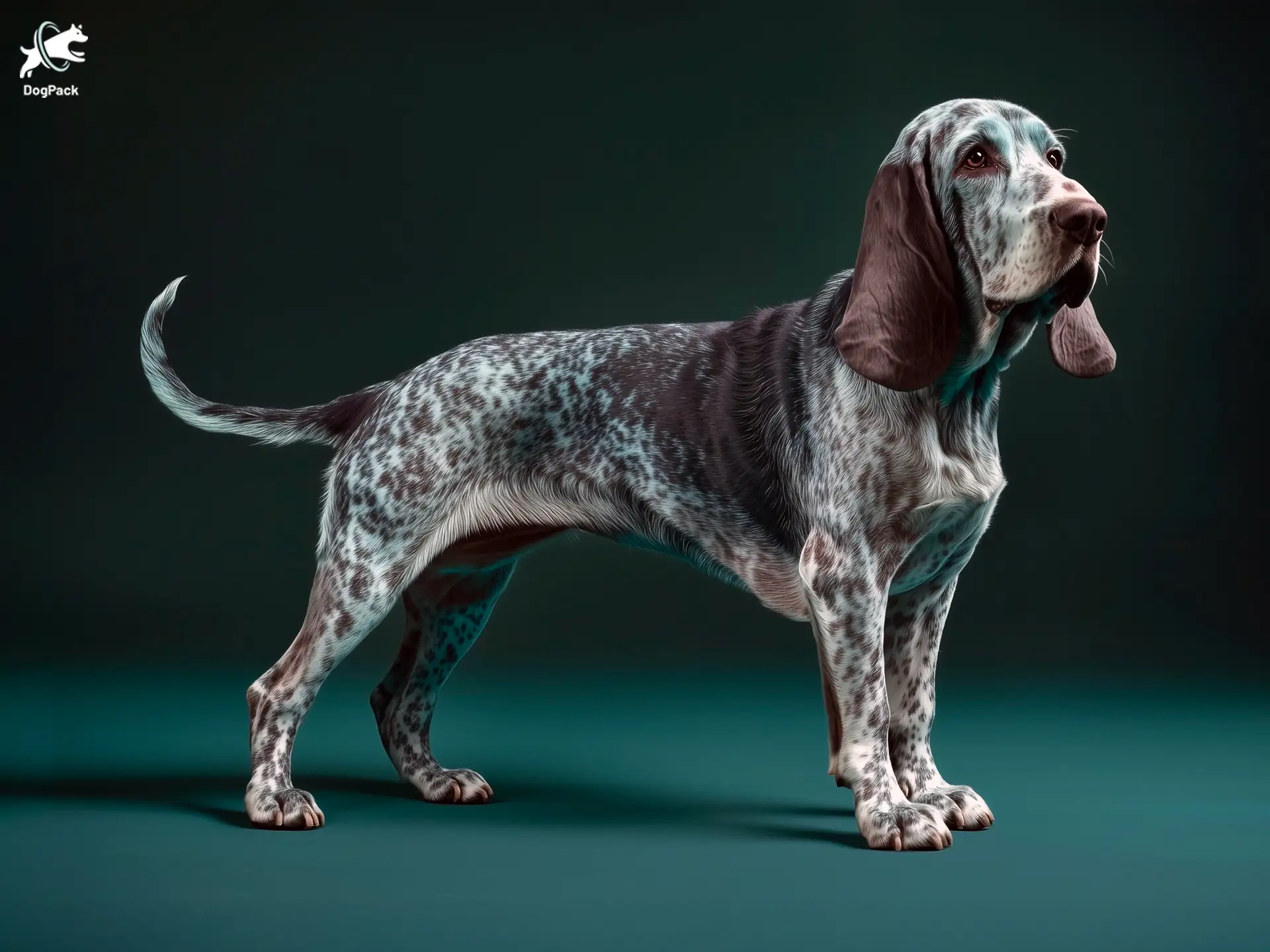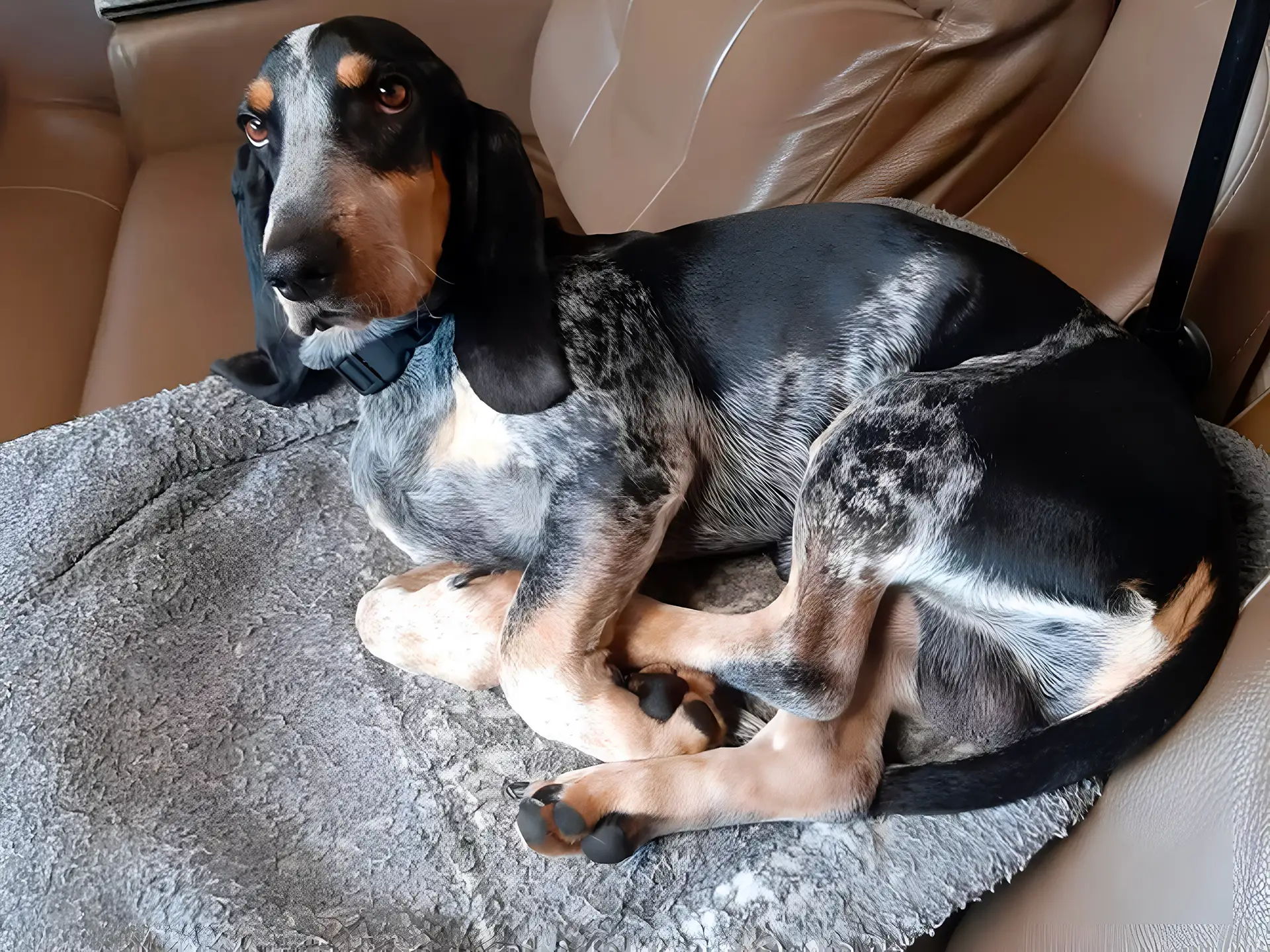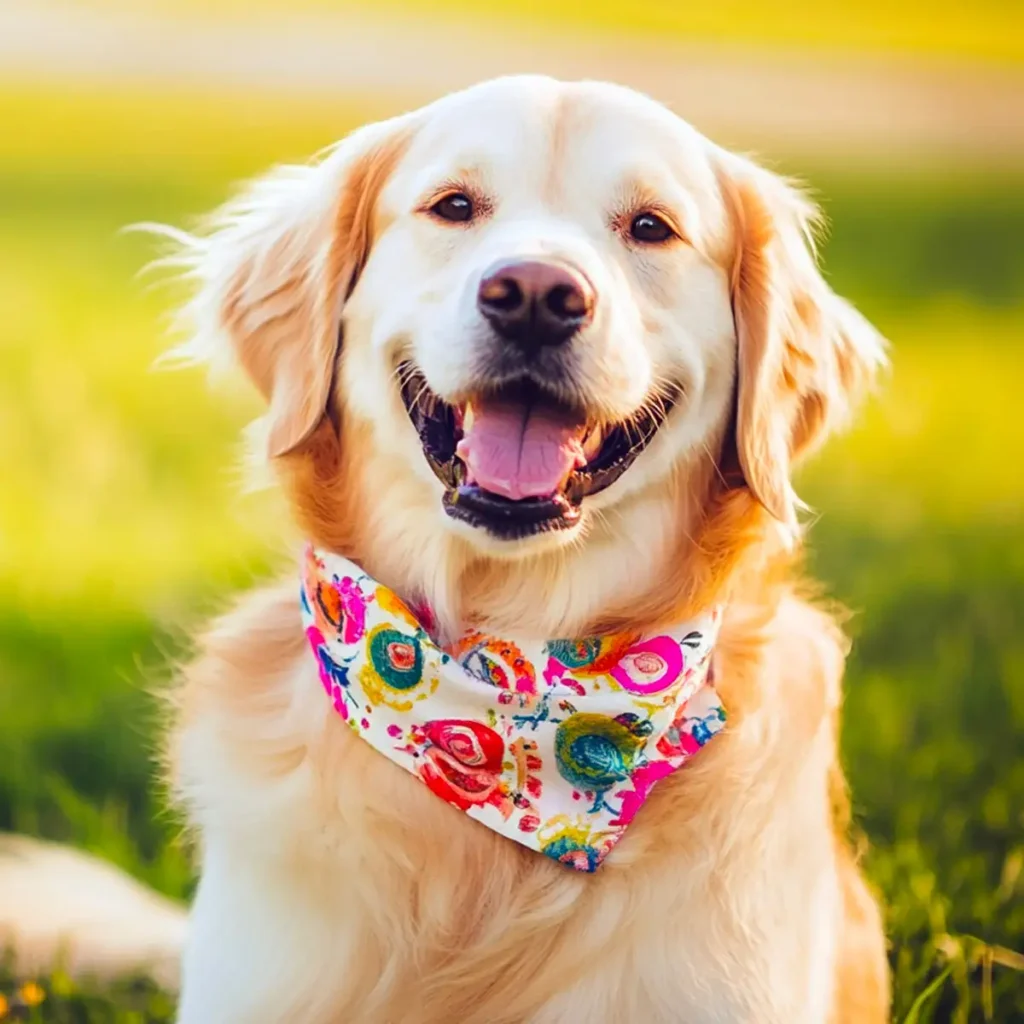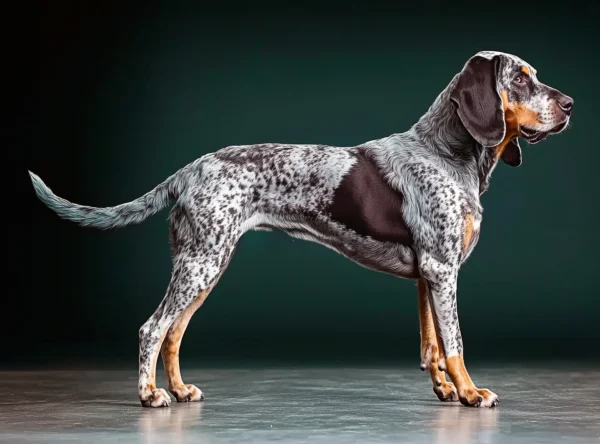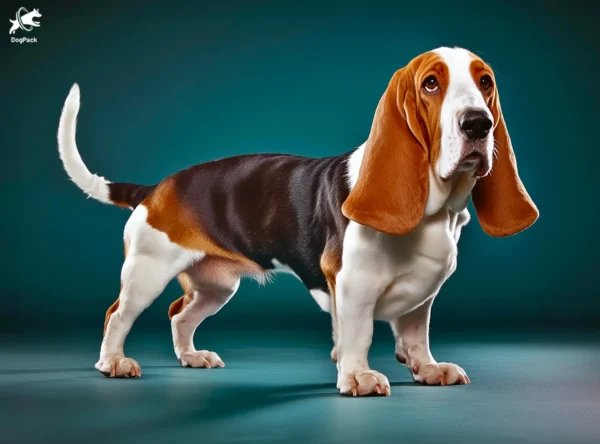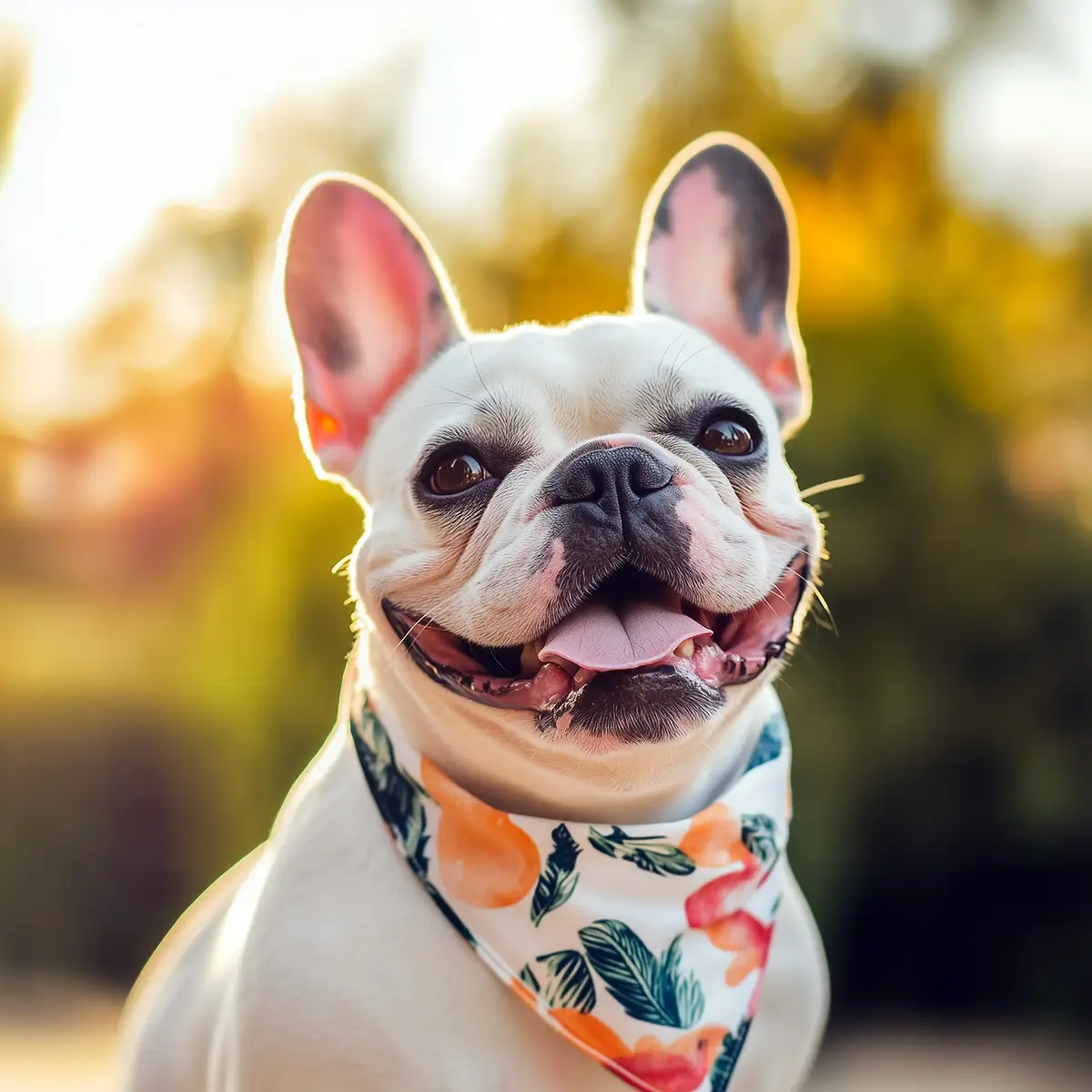Blue Gascony Basset Dog Breed Info & Overview
The Blue Gascony Basset is a rare French hound that stands out for its striking blue-ticked coat and friendly nature. Originally bred for hunting, this breed combines excellent scenting skills with a gentle, affectionate personality. Whether on the trail or at home, the Blue Gascony Basset is an ideal companion for those who appreciate both adventure and loyalty in a dog.
Characteristics
Pictures
Breed History
The Blue Gascony Basset traces its roots back to 14th-century France, specifically the Gascony region. Developed from the Grand Bleu de Gascogne, breeders aimed to create a hound capable of hunting small game like rabbits and hares. Its shorter legs made it perfect for navigating dense underbrush while keeping pace manageable for hunters on foot.
During the French Revolution, many native breeds faced extinction, but dedicated enthusiasts ensured the survival of the Blue Gascony Basset. The breed saw a decline again in the early 20th century but experienced a resurgence after World War II. Today, while still considered rare, it holds a special place among hunting aficionados and dog lovers alike.
The name “Basset” comes from the French word “bas,” meaning low, aptly describing its short stature. Combined with “Bleu de Gascogne,” the breed embodies a rich heritage of French scent hounds. Its distinctive blue-ticked coat and melodious baying make it a standout among hound enthusiasts.
Temperament, Personality
The Blue Gascony Basset is renowned for its friendly and affectionate nature. This hound forms strong bonds with its family members and thrives on companionship. They are gentle with children and often become integral members of the household, making them excellent family pets.
Despite their amiable disposition, they possess an independent streak common in hounds. Their keen sense of smell can lead them to follow intriguing scents, so a secure yard is essential. Early socialization helps them get along well with other pets and reduces wariness around strangers.
While they are intelligent, training can sometimes be a challenge due to their stubbornness. Positive reinforcement and patience are key. Their expressive eyes and charming personality often make up for any training hurdles, endearing them even more to their owners.
Physical Characteristics
Sporting a distinctive blue-ticked coat, the Blue Gascony Basset is truly eye-catching. Their short legs and elongated bodies are characteristic of basset breeds. Weighing between 35–40 pounds (16–18 kg) and standing 12–15 inches (31–38 cm) tall, they are solidly built yet agile.
Their long, droopy ears are not just adorable but also serve a purpose in scent tracking by sweeping scents towards the nose. Dark eyes convey a gentle expression, while their tail is often held high, especially when on the trail of an interesting scent.
The coat is short and dense, providing protection during hunts without requiring excessive grooming. The blue mottling with black patches gives them a unique appearance that sets them apart from other hound breeds.
Health Issues
Overall, the Blue Gascony Basset is a robust breed, but like all dogs, they are prone to certain health conditions. Ear infections can be common due to their long, droopy ears trapping moisture and debris. Regular ear cleaning is essential to prevent issues.
They may also be susceptible to hip dysplasia and elbow dysplasia, given their build. Regular veterinary check-ups can help detect and manage these conditions early. Obesity is another concern, so maintaining a balanced diet is crucial for their joint health.
Eye conditions like glaucoma or cataracts can occur, so monitoring their eye health is important. By staying proactive with healthcare, owners can ensure their Blue Gascony Basset enjoys a long and healthy life.
Grooming Needs
Grooming a Blue Gascony Basset is relatively straightforward. Their short, dense coat requires weekly brushing to remove loose hair and keep it looking its best. During shedding seasons, more frequent brushing may help manage the moderate shedding.
Their ears need special attention due to their length and shape. Regular cleaning helps prevent infections caused by trapped moisture or debris. Dental hygiene shouldn’t be overlooked; brushing their teeth several times a week will promote good oral health.
Nail trimming is necessary every few weeks to prevent overgrowth, which can cause discomfort. Bathing can be done as needed, usually every few months, unless they’ve had an especially adventurous outing.
Exercise Requirements
An active breed, the Blue Gascony Basset requires 1–2 hours of exercise daily. They enjoy long walks, hikes, and opportunities to use their scenting abilities. Engaging them in scent work or tracking games can provide both physical and mental stimulation.
Despite their short legs, they are surprisingly agile and energetic. A securely fenced yard allows them to explore safely. Without adequate exercise, they may become bored and resort to undesirable behaviors like excessive barking or digging.
Remember, their hunting instincts are strong. Keeping them on a leash during walks can prevent them from wandering off after an enticing scent. Regular activity keeps them healthy and strengthens the bond between dog and owner.
Training Tips
Training a Blue Gascony Basset requires patience and consistency. Their intelligence is coupled with a stubborn streak, so positive reinforcement methods work best. Treats, praise, and play can motivate them more effectively than harsh corrections.
Early socialization is crucial. Exposing them to different people, environments, and other animals helps develop a well-rounded temperament. Puppy classes can be a great way to start their training journey.
Incorporating scent-based games can make training sessions more engaging for them. Since they have a strong sense of smell, activities that allow them to use this ability can keep them interested and focused.
Nutrition, Diet
Feeding a Blue Gascony Basset requires attention to portion control to prevent obesity. A diet rich in high-quality proteins and balanced nutrients supports their active lifestyle. Typically, 2 to 2.5 cups of dry dog food per day, divided into two meals, suffices.
Consulting with a veterinarian can help tailor their diet to their specific needs, considering factors like age, activity level, and health status. Some may benefit from formulas designed for medium-sized active breeds.
Avoid overindulgence in treats, and ensure they have access to fresh water at all times. Monitoring their weight and adjusting their diet accordingly helps maintain optimal health.
Adoption, Breeders
Finding a Blue Gascony Basset may require some effort due to their rarity. Connecting with reputable breeders who specialize in this breed is a good starting point. The Basset Bleu de Gascogne Club provides resources and breeder contacts.
Adoption is another wonderful option. Rescue organizations sometimes have Blue Gascony Bassets in need of homes. Websites like Petfinder can help locate adoptable dogs in your area.
Always ensure that breeders prioritize health and temperament over profit. Visiting the breeder, meeting the puppy’s parents, and asking for health clearances can provide peace of mind.
Family Pet?
The Blue Gascony Basset can make an excellent family pet. Their friendly and affectionate nature means they usually get along well with children. They enjoy being part of family activities and can be quite the playful companion.
However, their hunting instincts mean they might chase smaller pets like cats or rabbits. Early socialization and training can mitigate this behavior, but supervision is recommended. They thrive in environments where they receive plenty of attention and exercise.
Their moderate size and gentle demeanor make them adaptable to various living situations. Whether in a rural setting or a suburban home, they bring joy and companionship to their families.
Right For You?
If you’re seeking a loyal, affectionate, and unique companion, the Blue Gascony Basset might be the breed for you. They are best suited for active individuals or families who can meet their exercise and companionship needs.
Consider your living situation and lifestyle. They do well in homes with secure yards and may not be ideal for apartment living due to their vocal nature. Their grooming and health care needs are manageable but require commitment.
Ultimately, if you’re ready to embrace a rare breed with a rich history and endearing personality, the Blue Gascony Basset could be a perfect match.
Conclusion
The Blue Gascony Basset is a rare gem among hound breeds, offering a blend of friendly companionship and hunting prowess. Their unique appearance and affectionate nature make them stand out. With proper care, training, and plenty of love, they can be a delightful addition to the right home. If you’re ready for an adventure with this charming French hound, the Blue Gascony Basset awaits.
FAQs
-
How well do Blue Gascony Bassets handle colder climates?
Blue Gascony Bassets have a dense coat that helps them adapt to colder climates. However, they should still be provided with proper shelter during extreme cold and limited exposure to freezing temperatures.
-
Are Blue Gascony Bassets prone to separation anxiety?
Yes, Blue Gascony Bassets can develop separation anxiety if left alone for long periods. They thrive on companionship, and interactive toys or another pet can help reduce anxiety when you’re not home.
-
How much grooming does a Blue Gascony Basset require?
Blue Gascony Bassets have a short coat that requires moderate grooming. Weekly brushing helps reduce shedding and keeps their coat in good condition, while regular ear cleaning prevents infections.
-
Do Blue Gascony Bassets get along with cats?
With proper socialization, Blue Gascony Bassets can get along with cats, though their prey drive may cause initial chasing. Supervision and early introductions are key to peaceful cohabitation.
-
How much exercise does a Blue Gascony Basset need?
Despite their short legs, Blue Gascony Bassets need regular exercise to stay fit. Daily walks and play sessions, along with mental stimulation, are essential for their health and well-being.
Breed Ratings
The Blue Gascony Basset is smart but can be stubborn, making training moderately challenging.
They are playful and enjoy engaging with their family, especially during outdoor activities.
With a high energy level, they require regular exercise to stay content.
Shedding is moderate; regular brushing helps manage loose hair.
Strong prey instincts make them enthusiastic hunters and chasers.
Their short coat is relatively low-maintenance, requiring minimal grooming.
Training requires patience due to their independent nature but is achievable with consistency.
They prefer company and may become anxious or bored when left alone for long periods.
Vocal tendencies are high; they may bark or howl, especially when stimulated.
Drooling is minimal compared to other basset breeds.
Generally gets along well with other dogs, especially when socialized early.
They are generally healthy with a few breed-specific concerns that are manageable.

